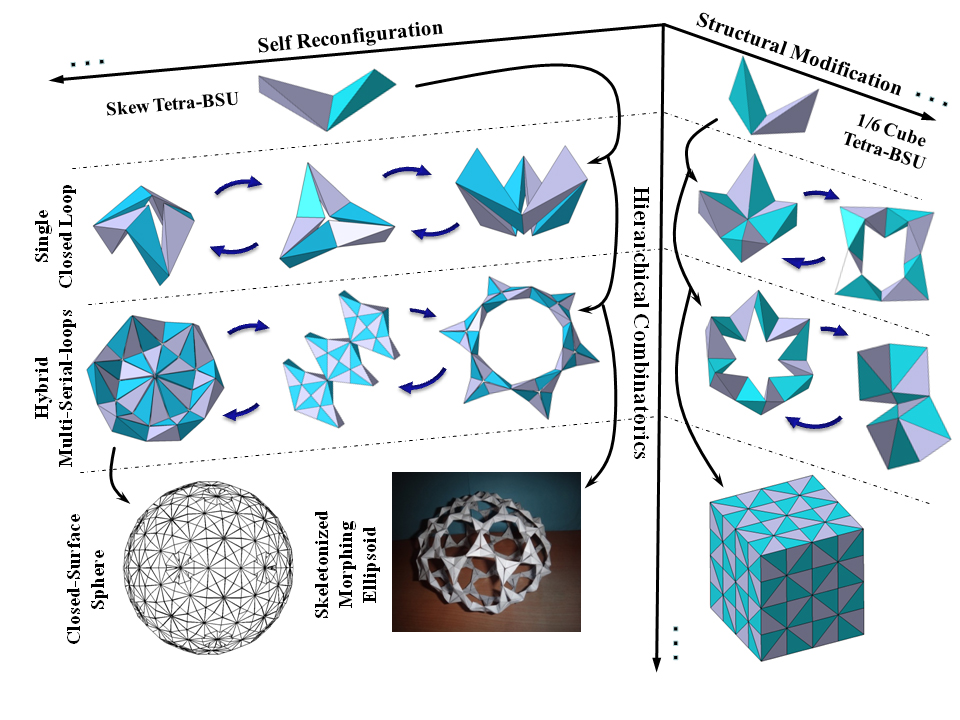Origami-inspired design method merges engineering, art
Origami-inspired design method merges engineering, art
| Author: | Emil Venere |
|---|---|
| Magazine Section: | Innovate |
| College or School: | CoE |
| Article Type: | Article |
The new method, called Kaleidogami, uses computational algorithms and tools to create precisely folded structures.

(Purdue University image)/div>
"The approach represents new geometric algorithms and methods to create works of kinetic, or moving, art," said Karthik Ramani, Purdue University's Donald W. Feddersen Professor of Mechanical Engineering. "Scientists and engineers are often motivated by the beauty of artistic representations while artists and architectural designers want to harness concepts from science, technology, engineering and mathematics. One of our aims is to provide a new geometry-inspired art form, reconfigurable structures, in the emerging field of kinetic art."
Whereas Kaleidogami focuses on artistic representations of sculptural structures, the researchers also have created a variation called Kinetogami to create foldable robot-like mechanisms. They envision robots that can "reconfigure" themselves to suit the terrain, morphing from a slithering inchworm motion to a six-legged walking gait.
"The hexapod robotic form we proposed is able to adjust its body frequently in an adaptive manner to provide a wide range of gaits: lying down, flipping itself up, rising, squatting, squirming and slithering," said mechanical engineering doctoral student Wei Gao. "The folded designs have an elegant simplicity, while using paper and cardboard-like materials that are flat is practical because they are very inexpensive and lightweight."
Findings about the concept were detailed in a May research paper presented during the Shape Modeling International 2012 conference in College Station, Texas.
The method also could be used in architecture to design features including vaulted ceilings, skylights and retractable roofs.
The researchers have created paper models of the designs and are looking into using a variety of systems to power the structures.
"This is a proof of concept," said Raymond Cipra, a professor of mechanical engineering and a co-author of the second research paper.
The robotic and artistic designs are made up of building blocks called "basic structural units," or BSUs. Each BSU contains a pair of polyhedral components joined by a common creased hinge, and many BSUs are linked together to create complex structures.
"Whereas traditional origami rules were committed such as when folding a square paper sheet without cutting or gluing, we create our structures by folding as well as making cuts to a single piece of flat paper-like materials," Gao said.
Such robots, toys and artwork would be ideal for shipping because they could be transported as a flat sheet and later changed into their three-dimensional structures.
"It also gives rise to lots of interesting educational applications," Gao said. "For instance, you can help students learn spatial geometry, study kinematics, mechanics and test stiffness and load carrying capacity while at the same time having fun."
The researchers plan to explore collaborations with museums to incorporate kinetic art in exhibits.
Comments